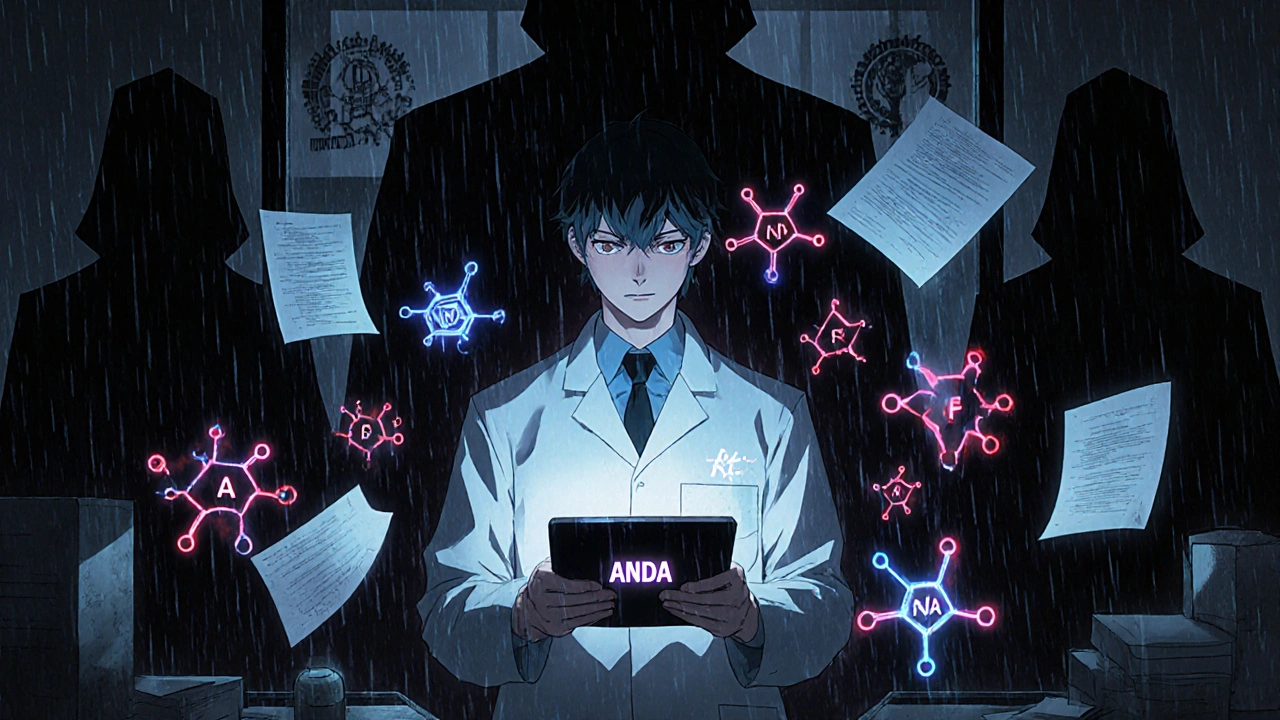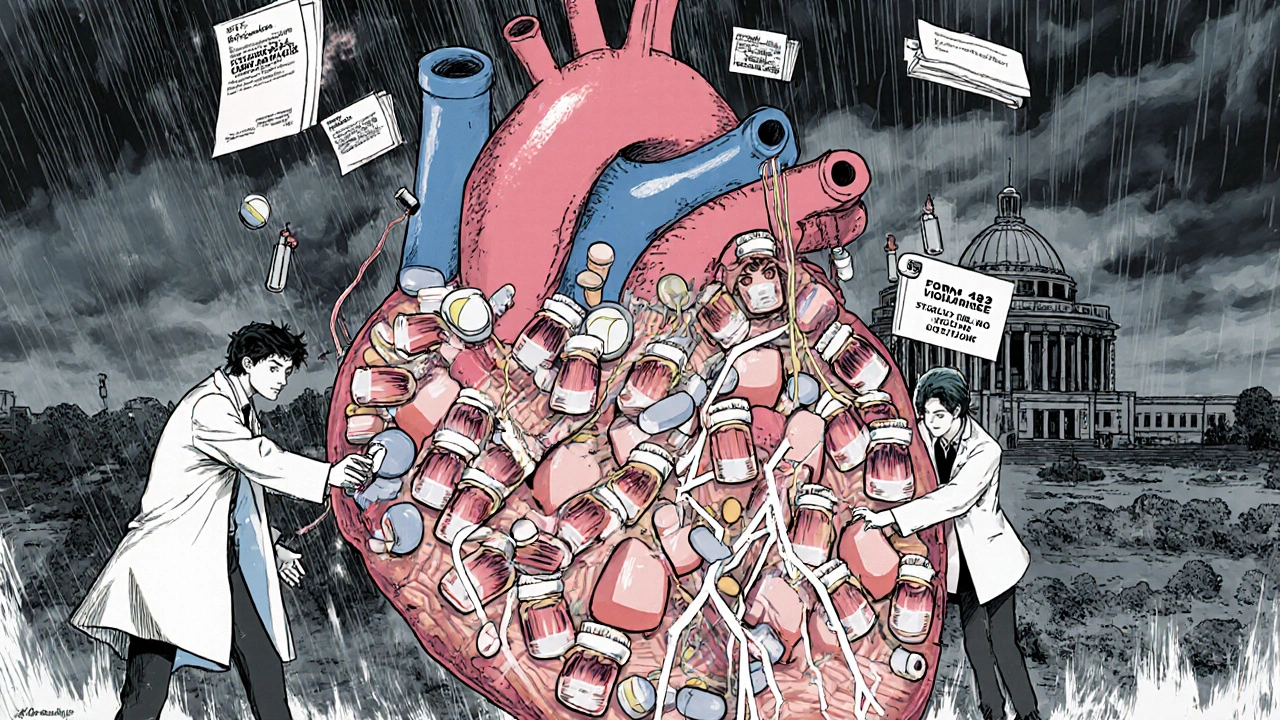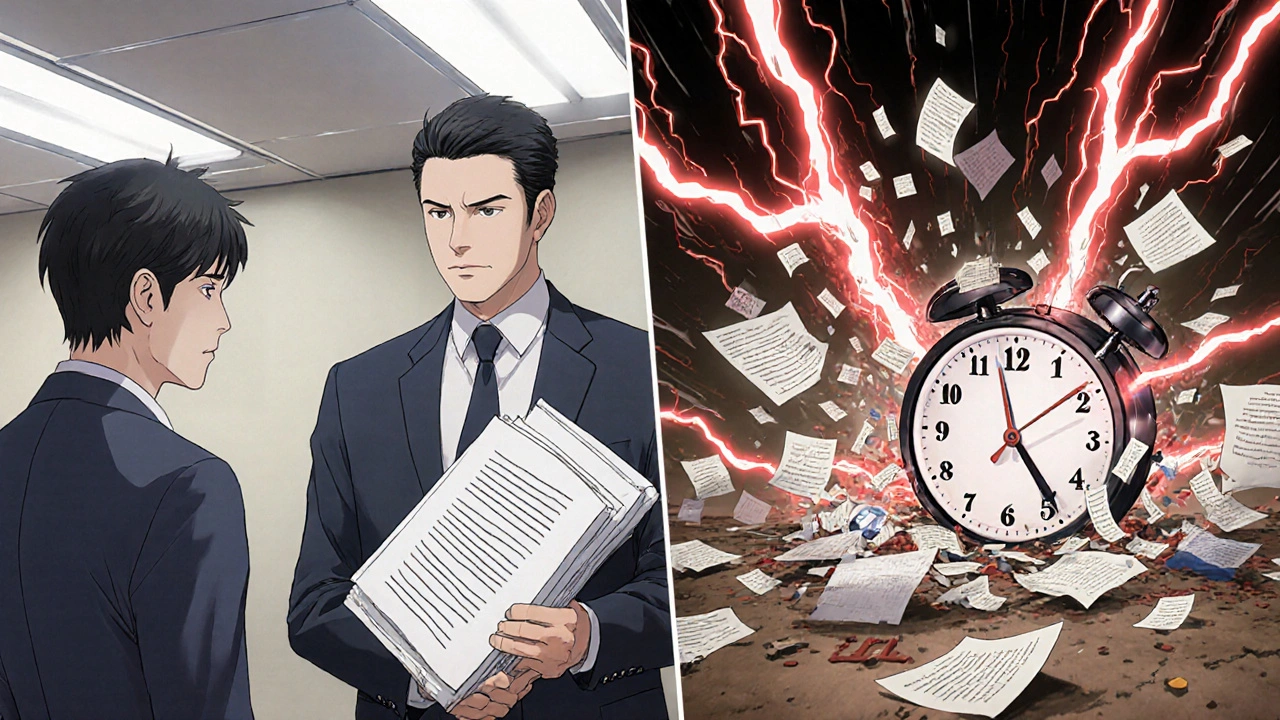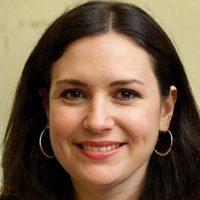ANDA Process: Legal Requirements for Generic Drug Approval in the U.S.

The ANDA process is the legal pathway in the United States that lets generic drug makers get their products approved without repeating costly clinical trials. It’s not a shortcut-it’s a carefully designed system built to ensure safety, effectiveness, and fair competition. Since its creation in 1984 under the Hatch-Waxman Act, the ANDA process has enabled over 16,800 generic drugs to reach the market, saving Americans more than $2.2 trillion in drug costs over the last decade. But getting approval isn’t just about filling out forms. It’s a strict legal and scientific process with non-negotiable requirements.
What the Hatch-Waxman Act Actually Changed
Before 1984, generic drug makers had to prove their products were safe and effective from scratch-just like the original brand-name drug. That meant spending hundreds of millions of dollars and waiting over a decade. The Hatch-Waxman Act, named after Senator Orrin Hatch and Representative Henry Waxman, flipped the script. It allowed generic companies to rely on the FDA’s existing findings about the brand-name drug’s safety and effectiveness. But there was a trade-off: generic makers had to respect patent protections and exclusivity periods. The law didn’t just speed things up-it created a balance between innovation and affordability.Core Legal Requirements for an ANDA
To file an ANDA, you must prove four things with hard data, not opinions:- Identical active ingredient: The generic must contain the exact same active pharmaceutical ingredient (API) as the brand-name drug. No substitutions, no alternatives. If you want to change the ingredient, you need a different application type-like a 505(b)(2) NDA.
- Same dosage form, strength, route, and use: If the brand is a 10mg tablet taken orally once daily, your generic must be the same. No liquid versions, no extended-release unless you get special permission.
- Bioequivalence: This is where science meets law. You must show your drug releases the same amount of active ingredient into the bloodstream at the same rate as the brand. The FDA requires pharmacokinetic studies proving that the 90% confidence interval for AUC and Cmax falls between 80% and 125% of the reference drug. This isn’t a suggestion-it’s a legal standard written into FDA guidance.
- Identical labeling: The package insert must match the brand’s, except for minor changes like removing the brand name or adding a generic disclaimer. Any deviation requires FDA approval.
These aren’t guidelines. They’re legal conditions. If you miss one, your application gets refused to receive-or worse, denied.
Manufacturing Rules: cGMP and Beyond
The FDA doesn’t just care about what’s in the pill-they care how it’s made. All ANDA submissions must include detailed Chemistry, Manufacturing, and Controls (CMC) documentation. This means:- Proof your manufacturing facility follows Current Good Manufacturing Practices (cGMP)
- Stability data showing the drug won’t degrade before its expiration date
- Validation of your packaging system (container closure integrity matters)
- Batch records for exhibit batches-these must be made at commercial scale (at least 10% of planned production size or 100,000 units, whichever is bigger)
Facilities are inspected-sometimes without notice. In 2022, 68% of FDA Form 483 observations (which list violations) came from overseas plants. If your facility gets flagged, your ANDA stalls. No exceptions.
Electronic Filing and Fees: The Paperwork Trap
You can’t mail in an ANDA anymore. Everything must be submitted in eCTD format-a complex, standardized electronic structure with 15 modules. One misplaced file, one wrong folder name, and your application gets refused to receive before it’s even reviewed.There’s also a fee. For fiscal year 2024, the original ANDA submission fee is $129,500. That’s non-negotiable. Smaller companies often hire regulatory consultants to handle this. The cost? $250 to $400 per hour. You also need to submit Form FDA-356h and Form FDA-3674. Missing either? Your application gets tossed.

Patent Certifications: The Hidden Legal Minefield
This is where many applicants get stuck. The Hatch-Waxman Act requires you to certify how your product relates to existing patents on the brand-name drug. There are four types:- Paragraph I: No patents listed
- Paragraph II: Patent has expired
- Paragraph III: Patent expires on a certain date-your product launches then
- Paragraph IV: Patent is invalid or won’t be infringed
Paragraph IV is the most controversial. Filing it triggers a 30-month legal stay. The brand-name company can sue you for patent infringement. If they do, your approval is delayed-even if your drug is perfect. Between 2015 and 2020, brand companies filed 1,450 new patents on already-approved drugs to block generics. These are called “evergreening” tactics. The FDA’s Drug Competition Action Plan is trying to crack down, but it’s still a major barrier.
Why Some ANDAs Get Rejected
The FDA’s 2022 data shows 58% of first-time ANDAs get deficiency letters. The top reasons?- Incomplete bioequivalence protocols (28% of refusals)
- Inadequate CMC data (23% of refusals)
- Poorly written labeling
- Missing exhibit batch documentation
One company lost three ANDAs because their container closure system wasn’t validated properly. Another spent $28 million and 42 months trying to get approval for a generic inhaler because the device functionality didn’t match the brand. These aren’t edge cases-they’re common.
How Long Does It Take?
The FDA’s goal under GDUFA III (2023-2027) is to approve standard ANDAs in 10 months. But reality is messier. The average review time in 2023 was 36 months. Why? Complex products like nasal sprays, inhalers, and topical creams take longer. Only 42% of complex generics get approved on the first try. Simple ones? Around 78%. The gap is widening.
Who Succeeds-and Who Doesn’t
Companies that win at ANDA have three things: deep regulatory expertise, clean CMC data, and patience. Teva, Sandoz, and Amneal dominate the market because they’ve built internal teams that know exactly what the FDA wants. Smaller companies that skip pre-ANDA meetings with the FDA often get burned. In 2022, the FDA held 1,842 pre-ANDA meetings. Companies that used them had higher approval rates.One success story: Lupin Limited got approval for a generic version of Jardiance in just 9.5 months. How? They submitted a “clean application”-no missing data, no guesswork. They paid the fee, followed the roadmap, and didn’t cut corners.
What’s Next for the ANDA Process
The FDA is investing $15 million in 2024 to improve scientific tools for complex generics. They’re also testing AI to help review documents faster. The goal? Cut approval times for complex products from 30+ months to under 24 by 2027. But until then, the legal requirements stay the same: precise, strict, and unforgiving.Generic drugs make up 90% of prescriptions in the U.S. But behind every pill is a legal and scientific battle that few see. The ANDA process isn’t easy-but it works. And for patients, that’s what matters.
What is the main purpose of the ANDA process?
The main purpose of the ANDA process is to allow generic drug manufacturers to gain FDA approval for products that are therapeutically equivalent to brand-name drugs without repeating expensive clinical trials. It promotes competition, lowers drug prices, and increases patient access-all while maintaining strict safety and quality standards.
Can a generic drug have a different inactive ingredient than the brand?
Yes, inactive ingredients (like fillers, dyes, or preservatives) can differ between a generic and the brand-name drug. But they must not affect the drug’s safety, effectiveness, or absorption. If changes could impact performance, the FDA may require additional testing or deny the application.
What happens if I file a Paragraph IV certification and get sued?
Filing a Paragraph IV certification means you’re challenging a patent. If the brand-name company sues you, the FDA must delay approval for up to 30 months while the lawsuit plays out-even if your drug is bioequivalent. Many generic companies use this strategy to enter the market early, but it carries legal and financial risk.
Are all generic drugs approved through the ANDA process?
No. Most are, but some drugs use other pathways. For example, 505(b)(2) applications are used when a drug has a minor change-like a new dosage form or delivery system. Biological products use a different pathway called 351(k). Only traditional small-molecule generics follow the ANDA route.
How do I find the Reference Listed Drug (RLD) for my generic?
The FDA’s Orange Book lists all approved drug products and their reference listed drugs. You can search it online by brand name, active ingredient, or application number. Choosing the right RLD is critical-picking the wrong one can lead to rejection or legal issues.
Is the ANDA process used outside the U.S.?
No. The ANDA process is specific to the U.S. FDA. Other countries have similar but different systems-for example, the European Medicines Agency uses the Abridged Application, and Health Canada has the Abbreviated New Drug Submission. Each has its own legal framework, data requirements, and timelines.



Chris Vere
The ANDA process is one of those quiet engines that keeps healthcare affordable without most people noticing
It's not glamorous but it's essential
Imagine if every generic needed full trials-medicines would cost 10x more
And yet the system holds
Even with all the paperwork and patent games
It still delivers
That's the real win
Pravin Manani
From a pharmacokinetic standpoint, the 80-125% AUC/Cmax bioequivalence window is not arbitrary-it's rooted in statistical power analysis and clinical relevance thresholds established via meta-analyses of therapeutic equivalence
Many emerging market manufacturers underestimate the variance in dissolution profiles across pH environments, leading to failed BE studies
CMC data integrity is the true gatekeeper-not patents
Mark Kahn
If you're thinking about filing an ANDA, just start with the Orange Book and a good regulatory consultant
Don't try to wing it
Pre-ANDA meetings? Do them
Mock CMC review? Do it again
It's not about being perfect-it's about being prepared
You got this
Leo Tamisch
So let me get this straight
We spend $129k just to prove we can copy a pill
And the FDA still takes 3 years?
Meanwhile, Big Pharma patents every damn variation of a molecule like it's a Disney character
And we call this capitalism?
😂
Franck Emma
They rejected my ANDA because the blister pack wasn't validated.
After 2 years. $30 million.
Now I'm sleeping in my office.
They didn't even say sorry.
Florian Moser
The precision required in ANDA submissions reflects the gravity of public health outcomes. Even minor deviations in dissolution profiles can lead to subtherapeutic dosing or toxicity. The FDA’s standards exist because lives depend on consistency-not convenience. This system, though burdensome, is ethically non-negotiable.
Elaina Cronin
Let me be clear: the notion that this system is 'fair' is a myth perpetuated by regulatory lobbyists. The 30-month stay for Paragraph IV certifications is a legal weapon, not a protection. It is corporate sabotage dressed as intellectual property law. The FDA’s silence on evergreening is complicity.
Willie Doherty
68% of Form 483s come from overseas plants? That’s not a coincidence. It’s a structural flaw. The FDA inspects foreign facilities like they’re visiting a cousin’s house-once every five years, with a 48-hour notice. Meanwhile, domestic plants get shadowed like suspects. This isn’t regulation. It’s favoritism.
Darragh McNulty
Big props to Lupin for nailing that Jardiance ANDA in under 10 months 😎
That’s the dream right there
Clean data, no drama, just results
Everyone else is still fighting with their CMC files 😅
Sheldon Bazinga
Generic drugs? More like Chinese knockoffs with FDA stickers
They don't even test the real stuff
My cousin took a generic Adderall and felt like a zombie
USA needs to stop letting foreign labs make our meds
Send the jobs back home or we're all gonna die slow
Sandi Moon
Did you know the FDA's eCTD system was designed by a contractor who once worked for Big Pharma? The format is deliberately complex-so only consultants with $400/hr retainers can navigate it. This isn't regulation. It's a tax on the little guy. The real goal? Keep generics out. The 'competition' narrative? A lie.
Kartik Singhal
Let’s be real-90% of ANDAs are filed by companies that don’t understand pharmacokinetics
They think if the pill looks the same, it works the same
And then they blame the FDA when it gets rejected
Meanwhile, the real innovators are stuck paying $250/hr for consultants to fix their own mistakes
It’s not a system-it’s a dumpster fire 🗑️
Logan Romine
So we spend billions to copy a pill
But if you try to copy a Netflix show? You get sued for $10M
But if you copy a life-saving drug? You get a 10-month review
And a 30-month lawsuit if you're bold enough to challenge a patent
Capitalism is just a game where the rules change depending on who’s holding the money
And the patients? They're just the scorecard.